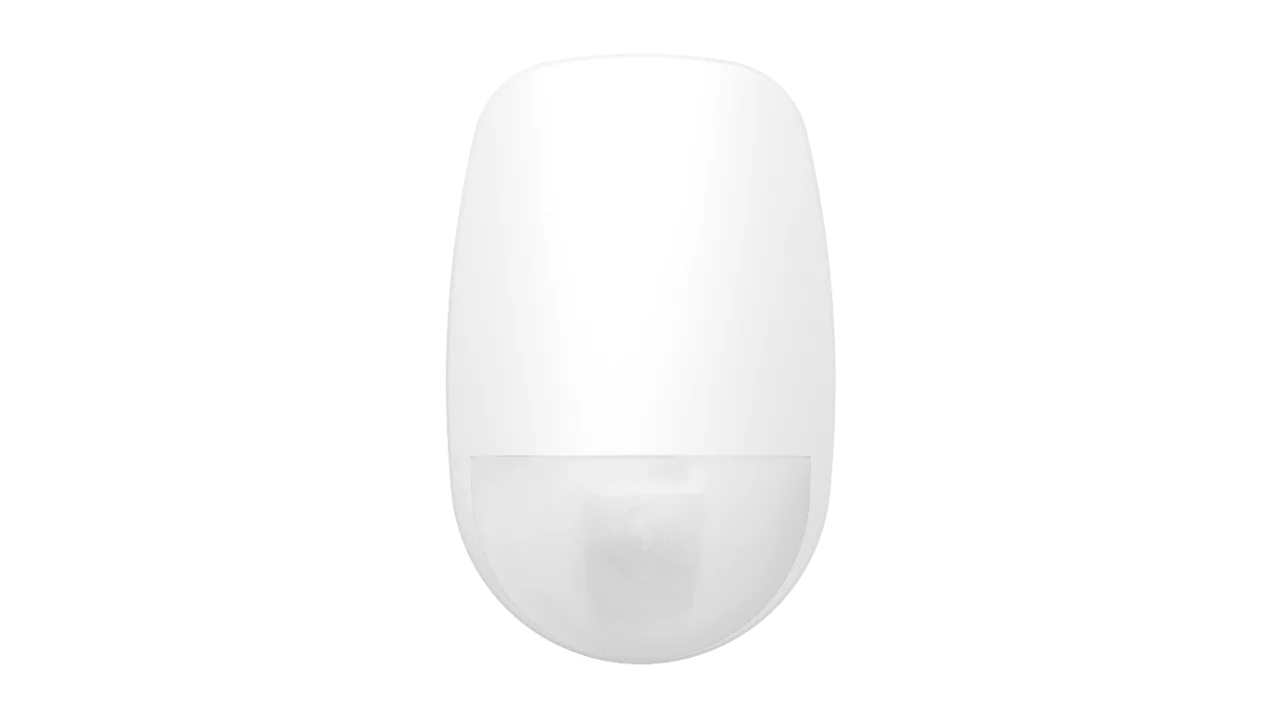Frequently Asked Questions
CCTV (8)
-
Q: What is CCTV?
A: Closed-circuit television (CCTV), also known as video surveillance,[1][2] is the use of video cameras to transmit a signal to a specific place on a limited set of monitors. It differs from broadcast television in that the signal is not openly transmitted, though it may employ point-to-point (P2P), point-to-multipoint (P2MP), or mesh-wired wired or wireless links. Even though almost all video cameras fit this definition, the term is most often applied to those used for surveillance in areas that require additional security or ongoing monitoring (Videotelephony is seldom called "CCTV").
-
Q: What is an IP Camera?
A: An IP camera, or Internet Protocol camera, is a type of digital video camera that is used for surveillance and security purposes. It captures and transmits video and sometimes audio over an IP network, such as the Internet, allowing users to view the camera's feed remotely using a computer or mobile device.
-
Q: How many camera types are there?
A: There are several types of cameras used in CCTV (Closed-Circuit Television) systems, each designed for specific surveillance needs, such as Dome Cameras, Bullet Cameras, PTZ (Pan-Tilt-Zoom) Cameras, Fisheye Cameras, Wireless Cameras, Audio Cameras, 360-degree Cameras, Indoor Cameras, and Outdoor Cameras.
-
Q: Are there specialised technologies for night vision in CCTV cameras?
A: Yes, many CCTV cameras use infrared (IR) technology for night vision, allowing them to capture clear images in low-light or dark conditions.
-
Q: Are CCTV cameras equipped with sound?
-
Q: Are all CCTV cameras capable of recording sound?
A: No, not all CCTV cameras have built-in microphones or support audio input. The inclusion of sound recording features varies depending on the camera model and manufacturer.
-
Q: Are there CCTV cameras with two-way audio capabilities?
A: Yes, some CCTV cameras come with two-way audio functionality, allowing users to not only record audio but also communicate through the camera using built-in speakers and microphones.
-
Q: How does CCTV work?

